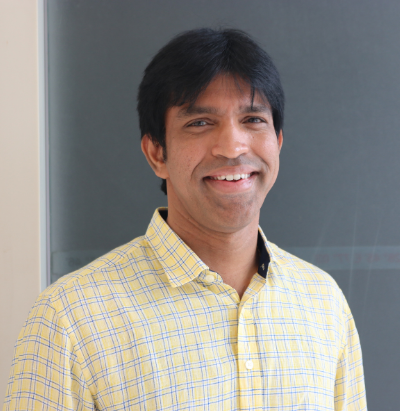The life around us and most of the items that we use in our day-to-day life are made up of partially ordered, self-organizing and self-assembling materials such as gels, foams, polymers, liquid crystals, colloids, complex fluids and granular materials; these are collectively referred to as ‘Soft Matter’. Soft matter’s responses to the external perturbations like mechanical, electrical, thermal and optical stresses are usually non-linear in nature and hard to predict from the behavior of its basic units; these basic units are usually orders of magnitude bigger than the size of an atom, and yet are insignificantly small compared to the macroscopic size of the sample. Short-range intermolecular interactions, dissipation, disorder, thermal fluctuations, entropy and brownian motions are dominant factors in these systems.
Often, these materials can be used as model systems to understand the structure and function of complex biological units; for example, lipid bilayers formed by surfactant-water system could be used to gain the basic understanding of the working mechanism of biological membranes; similarly, myelin structure formation at the interface of liquid crystals-aqueous surfactant solutions could be a model system to study the myelin sheath around the axon of a neuron. The flow dynamics of non-Newtonian fluids could be the model system to understand the flow behavior of glacier ice.
The soft-condensed matter research, in general, is highly interdisciplinary in nature , and usually covers both basic and applied facets of soft matter sciences. Broadly, our research work focuses on experimental investigation of electric, magnetic and flow fields induced instabilities in soft matter/complex fluids using different types of electro-optical techniques. Different types of optical microscopy, microfluidics, advanced imaging and image analysis are the techniques employed throughout our research activity.
Some research projects that we are planning to explore in our lab are
. Charge/mass transport phenomena in ion-selective membranes/ porous medium and associated hydrodynamic instabilities.
. Dynamics of Lubricated Non-Newtonian fluids as model systems to understand the flow of glacier ice.
. Electro-convection in anisotropic systems such as liquid crystals, leaky dielectric fluids such as oil, strong electrolyte solutions and multi-phase systems in order to gain universal understanding of the phenomena.
. Biophysics – Hydrodynamics of vertical migration of dinoflagellates (in collaboration with Dr. Sougata Roy of biology department of Ashoka University)






